Thankfully, sustainability is becoming a priority for developers and designers .
1. Wool Bricks

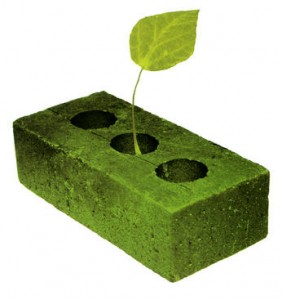
The bricks are environmentally-friendly because they are composed of sustainable, non-toxic, locally-available materials, and require a lot less energy that goes into the firing of other types of bricks
In a collaborative study on sustainable building materials, researchers from Spain’s University of Seville and Glasgow’s University of Strathclyde have created bricks that contain sheep’s wool , polymer derived from seaweed and Clay-based soils . Mixed together, the three substances resulted in bricks that were reportedly 37 percent stronger than regular unfired bricks.
“These fibers improve the strength of compressed bricks, reduce the formation of fissures and deformities as a result of contraction, reduce drying time and increase the bricks’ resistance to flexion,” the study’s authors concluded.
2. Solar Tiles

The solar tile system is another form of in-roof mounting with a few key differences . Although they still use a lot of energy to get produced as Traditional roof tiles , they then trap energy absorbing energy from the sun once installed . Once installed, they don’t only exist to simply protect a building from the elements like traditional tiles . With this in mind, many companies are now developing solar tiles. Unlike most solar units which are fixed on top of existing roofing, solar tiles are fully integrated into the building, protecting it from the weather and generating power for its inhabitants.
3. Sustainable Concrete
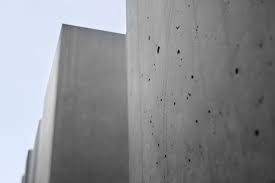
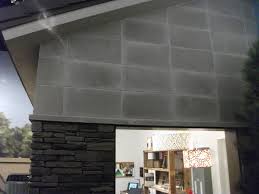
After water, concrete is the most widely used material in the world. Concrete is literally the foundation of our homes, communities, and cities. As such it has a critical role to play in the future success of sustainable development.
More sustainable forms of concrete exist that use recycled materials in the mix. Crushed glass can be added, as can wood chips or slag . Whilst these changes aren’t radically transforming concrete, by simply using a material that would have otherwise gone to waste, the CO2 emissions associated with concrete are reduced.
4. Paper Insulation
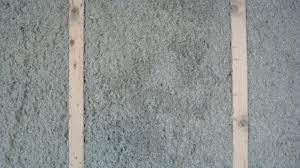

Recycled paper insulation is a special form of insulation that is made from recycled paper which is also known as cellulose insulation.
Made from recycled newspapers and cardboard, paper-based insulation is a superior alternative to chemical foams. Both insect resistant and fire-retardant thanks to the inclusion of borax, boric acid, and calcium carbonate (all completely natural materials that have no associations with health problems), paper insulation can be blown into cavity walls, filling every crack and creating an almost draft-free space.
5. Triple-Glazed Windows
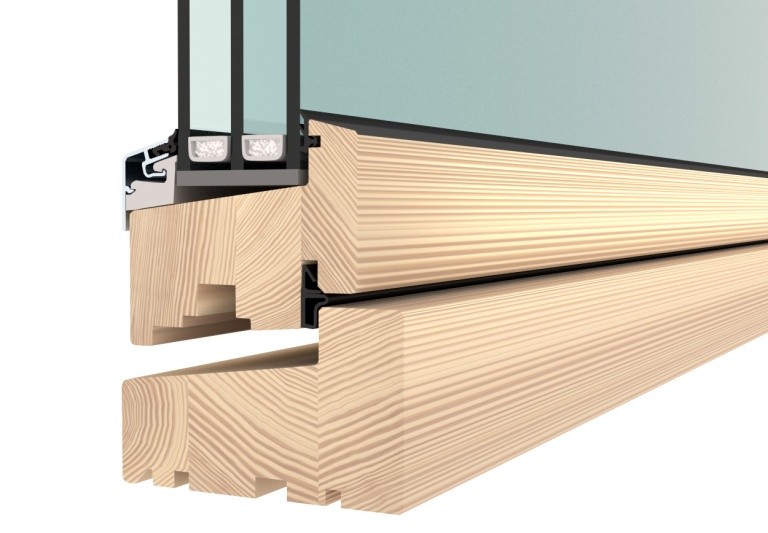
Triple glazing is 3 panes of glass instead of 1 or 2, simply by having an extra pane, you will increase efficiency and reduce noise.
In fact, super-efficient windows would better describe this particular building material. The three layers of glass do a better job of stopping heat from leaving the building.
A building that combined all five of these methods would be good start to sustainable housing .


i just found this site , love them
http://www.trendir.com/house-design/prefab-modular-homes-designed-to-be-covered-with-grass.html
LikeLike